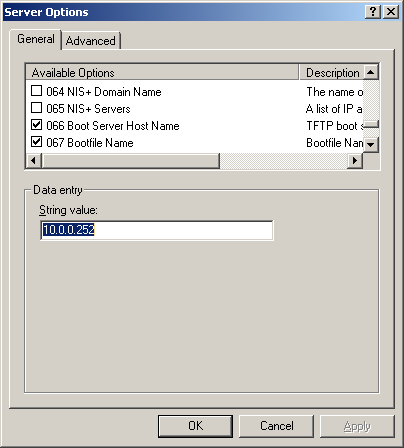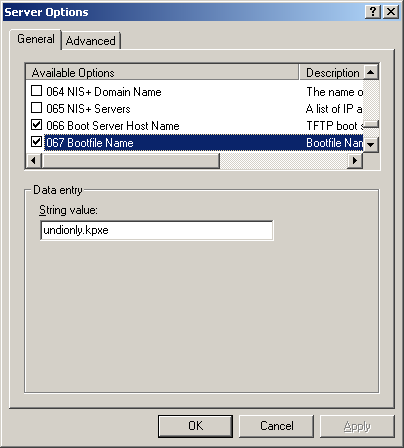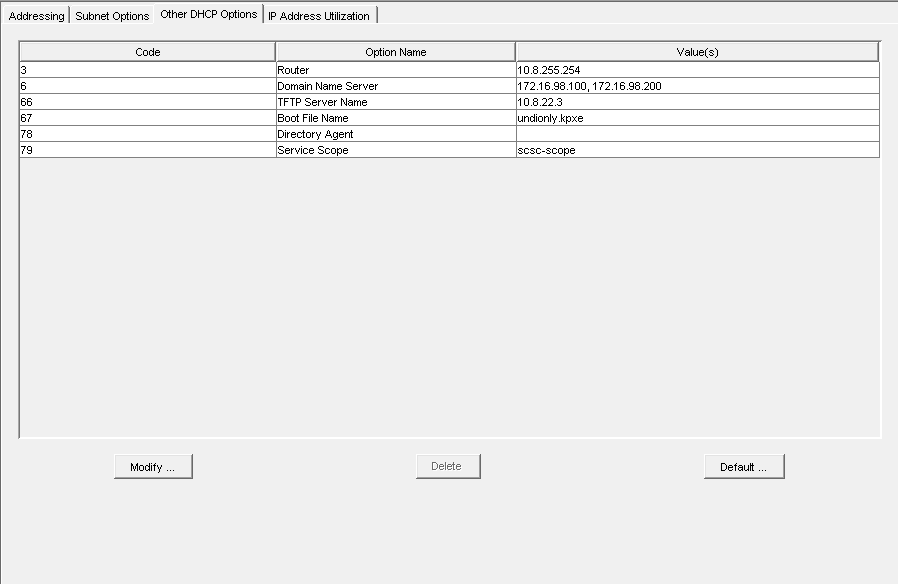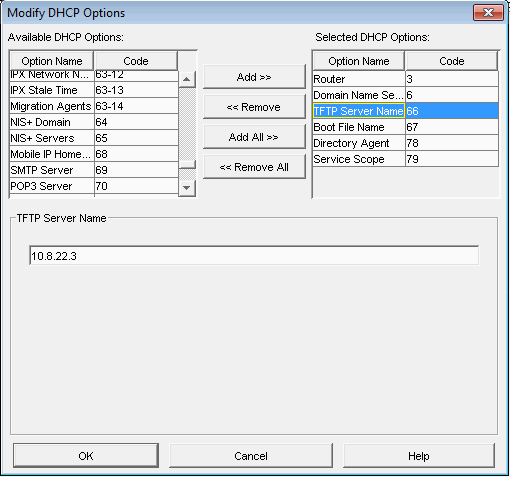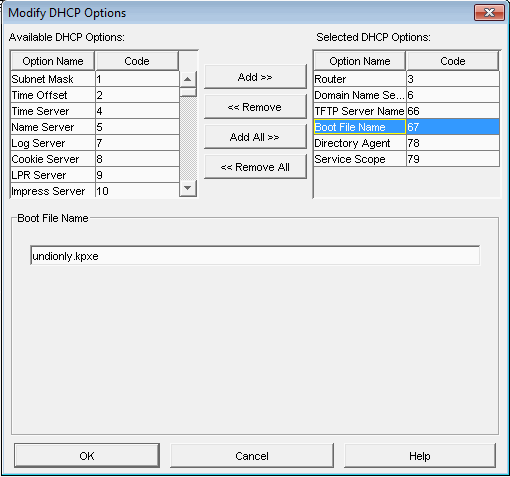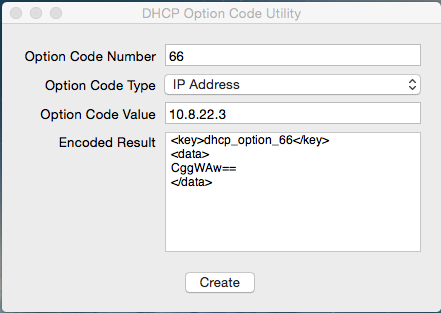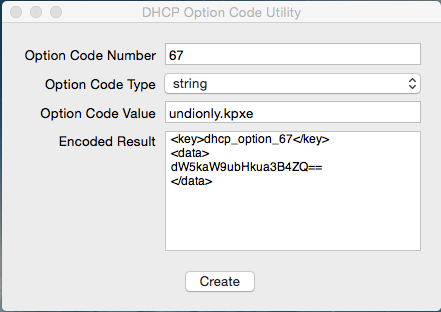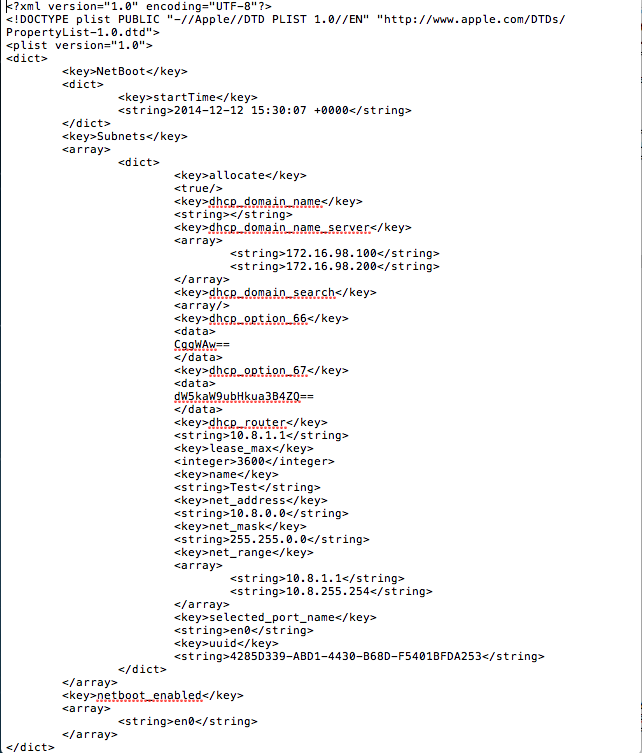Tftp timeout....
If you get this issue its usually due to a firewall issue, do the following:
Contents
Disable firewall
Fedora 9
service iptables stop service ip6tables stop chkconfig iptables off chkconfig ip6tables off
Fedora 16
Add /bin/bash to /etc/shells as the vsftpd yum install does not do it correctly causing tftp timeout message
Fedora 20
systemctl stop firewalld.service && systemctl disable firewalld.service
Ubuntu
sudo ufw disable
Debian
iptables -F iptables -X iptables -t nat -F iptables -t nat -X iptables -t mangle -F iptables -t mangle -X iptables -P INPUT ACCEPT iptables -P OUTPUT ACCEPT iptables -P FORWARD ACCEPT
Other Troubleshooting
0.32 and below
- From your FOG server test out tftp
tftp -v X.X.X.X -c get pxelinux.0
- From a Windows PC run at the cmd prompt: (Windows TFTP Service must be Installed first)
tftp x.x.x.x get pxelinux.0
0.33 and 1.x.x
- From your FOG server test out tftp
tftp -v X.X.X.X -c get undionly.kpxe
- From a Windows PC run at the cmd prompt: (Windows TFTP Service must be Installed first)
tftp x.x.x.x get undionly.kpxe
Expected Results
- If tftp & xinetd are running your should get:
Received XXXX bytes in X.X seconds....
Restart TFTP Service
- Restart the TFTP service.
service tftpd-hpa restart
Check DHCP Option 67
DHCP Settings
- It is important to know that versions 0.32 and below use pxelinux.0 for option 67 in DHCP
- For all versions 0.33 to current(1.3.0beta) use undionly.kpxe is generally recommended for option 67.
- Other files that can be used are listed in your directory "/tftpboot"
Linux Based (ISC-DHCP)
Articles related to ISC-DHCP
Fedora 21 Server#Verify Fedora DHCP config (if_using_DHCP)
FOG dnsmasq (ProxyDHCP)
- You would use ProxyDHCP if you do not have access to your DHCP server, or are using a device that isn't capable of specifying option 066 and 067 (next server and file name). The most popular ProxyDHCP method with fog is dnsmasq. This article will walk you through that:
- Not required unless you have an unmodifiable DHCP server/
Using_FOG_with_an_unmodifiable_DHCP_server/_Using_FOG_with_no_DHCP_server
Non-Linux DHCP
If you do not use FOG to provide DHCP services, the following sections will give some indication of settings for DHCP servers on various platforms.
Windows Server DHCP
Novell (Linux) Server DHCP
Here is a link from Novell's website on how to setup their DHCP server: http://www.novell.com/coolsolutions/feature/17719.html
MAC Server DHCP
Use OS X Server app to install and utilize DHCP.
Use DHCP Option Code Utility to generate the code necessary.
https://docs.google.com/uc?id=0BwD4il5Z1G6fTmFFYU91bDNuRmc&export=download
One MUST generate the codes in order for PXE booting to work!
bootpd.plist is located in /etc/bootpd.plist
- Sample bootpd.plist
- This is a sample file DO NOT USE THIS IN YOUR ENVIRONMENT!!!! OS X Server app will generate most of this code for you, this example file is to show you the place where the generated code needs to be placed.
- For Reference, your generated code should be placed between "dhcp_domain_search" and "dhcp_router"
- This is a sample file DO NOT USE THIS IN YOUR ENVIRONMENT!!!! OS X Server app will generate most of this code for you, this example file is to show you the place where the generated code needs to be placed.
Other DHCP Configurations
Rights to tftpboot folder
- Are the rights to your tftpboot folder correct?
- If you tried the above Section-1.5.2 and you get the "Expected results" then the rights are correct.
